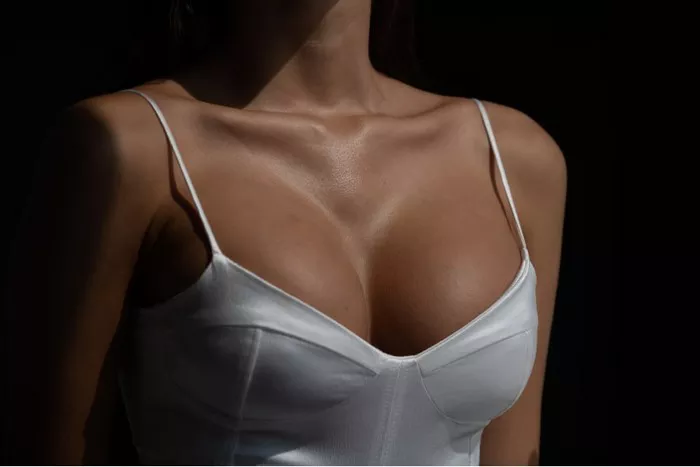Breast augmentation is a popular cosmetic procedure that has evolved over the years to offer a variety of options for enhancing breast size and shape. While breast implants remain a widely chosen method for breast enhancement, some individuals opt for non-surgical alternatives, such as breast fillers. These fillers offer a less invasive option for achieving fuller breasts without the need for surgery. However, one common question that arises is, “How long do breast fillers last?” In this comprehensive article, we will explore breast fillers, their longevity, factors affecting their duration, and what to expect if you choose this non-surgical approach to breast enhancement.
Understanding Breast Fillers
Breast fillers, also known as breast injections or liquid breast augmentation, are non-surgical procedures that involve the injection of a filler substance into the breasts to enhance their size, shape, or volume. Unlike breast implants, which are surgically inserted, breast fillers provide a less invasive and relatively quick option for achieving a fuller bust.
Common types of filler substances used for breast augmentation include hyaluronic acid fillers and autologous fat transfer:
Hyaluronic Acid Fillers: Hyaluronic acid is a naturally occurring substance in the body known for its ability to retain moisture and add volume. Hyaluronic acid fillers, such as Juvederm and Restylane, are injected into the breasts to create a plumper appearance. These fillers are temporary and gradually break down over time.
Autologous Fat Transfer: This method involves liposuction to harvest fat from another area of the body, such as the abdomen or thighs. The harvested fat is then purified and injected into the breasts. Fat transfer provides longer-lasting results compared to hyaluronic acid fillers.
Duration of Breast Fillers
The longevity of breast fillers varies depending on the type of filler used:
Hyaluronic Acid Fillers: Hyaluronic acid fillers are considered temporary and typically last for about 6 to 12 months. However, the exact duration can vary from person to person and may depend on factors such as metabolism, lifestyle, and the specific product used. To maintain the results, patients may require periodic touch-up injections.
Autologous Fat Transfer: Fat transfer procedures tend to provide longer-lasting results compared to hyaluronic acid fillers. Many patients experience results that can last for several years, and some even find their augmented breasts maintain their appearance indefinitely. However, a portion of the transferred fat may be reabsorbed by the body, so results can vary.
Factors Affecting the Longevity of Breast Fillers
Several factors can influence how long breast fillers last:
Type of Filler: The choice between hyaluronic acid fillers and autologous fat transfer can significantly impact the duration of results. Fat transfer tends to provide longer-lasting effects compared to hyaluronic acid fillers.
Metabolism: Individual differences in metabolism can affect how quickly the body breaks down and absorbs the filler material. Those with faster metabolisms may experience a shorter duration of results.
Lifestyle: Lifestyle factors, such as smoking, alcohol consumption, and sun exposure, can influence the longevity of breast fillers. Smoking, for instance, may reduce blood flow to the treated area, potentially affecting the durability of the filler.
Post-Treatment Care: Following post-treatment care instructions provided by your healthcare provider is crucial to ensuring the best possible results. Proper care can help extend the lifespan of breast fillers.
Touch-Up Injections: For individuals using hyaluronic acid fillers, scheduling periodic touch-up injections as recommended by your provider can help maintain the results over time.
What to Expect from Breast Filler Procedures
Before undergoing a breast filler procedure, it’s essential to have a consultation with a qualified and experienced healthcare provider. During this consultation, you can discuss your goals, medical history, and expectations. The provider will assess whether you are a suitable candidate for the procedure and provide recommendations based on your unique needs.
Here are some key points to consider:
Temporary Nature: Keep in mind that breast fillers, especially hyaluronic acid fillers, offer temporary results. If you are looking for a permanent solution, breast implants may be a more suitable choice.
Maintenance: To maintain the results of breast fillers, patients may need periodic touch-up injections. This is particularly relevant for those using hyaluronic acid fillers.
Natural Look: Breast fillers can provide a natural-looking enhancement, but the extent of augmentation may be limited compared to surgical breast implant procedures.
Recovery: Recovery time for breast fillers is typically shorter than that of breast implant surgery. Most patients can return to their daily activities shortly after the procedure.
Conclusion
Breast fillers offer a non-surgical option for enhancing breast size and shape, providing a temporary but natural-looking result. The duration of breast fillers depends on factors such as the type of filler used, metabolism, lifestyle, and post-treatment care. While hyaluronic acid fillers may last for 6 to 12 months, autologous fat transfer can provide longer-lasting results, sometimes even several years.
Before opting for breast fillers, it’s essential to consult with a board-certified healthcare provider who can assess your individual needs, discuss the available options, and provide guidance on the best approach to achieve your desired results. By understanding the duration of breast fillers and considering all relevant factors, you can make an informed decision about whether this non-surgical breast enhancement option aligns with your cosmetic goals.


